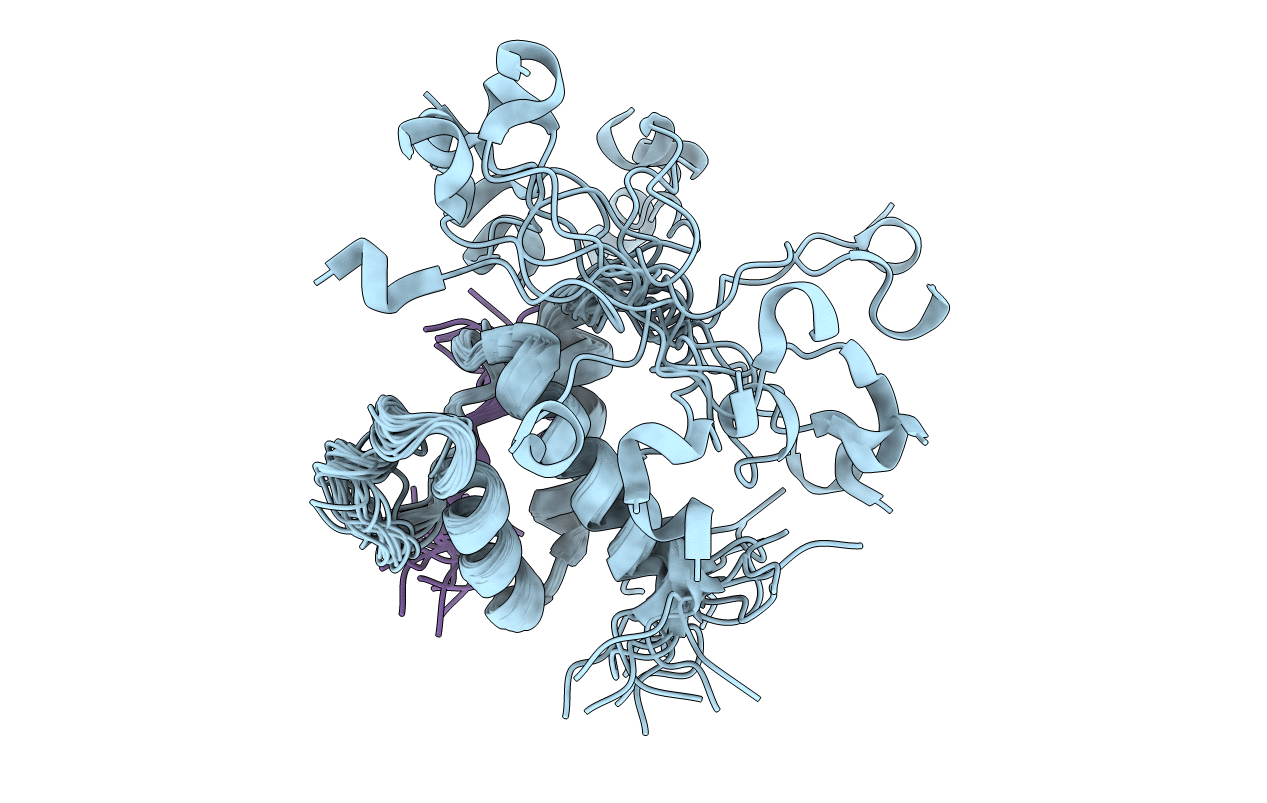
Deposition Date
2017-10-28
Release Date
2018-03-21
Last Version Date
2024-05-01
Entry Detail
PDB ID:
6BGH
Keywords:
Title:
Solution NMR structure of Brd3 ET domain bound to Brg1 peptide
Biological Source:
Source Organism:
Homo sapiens (Taxon ID: 9606)
Host Organism:
Method Details:
Experimental Method:
Conformers Calculated:
1000
Conformers Submitted:
20
Selection Criteria:
structures with the lowest energy


